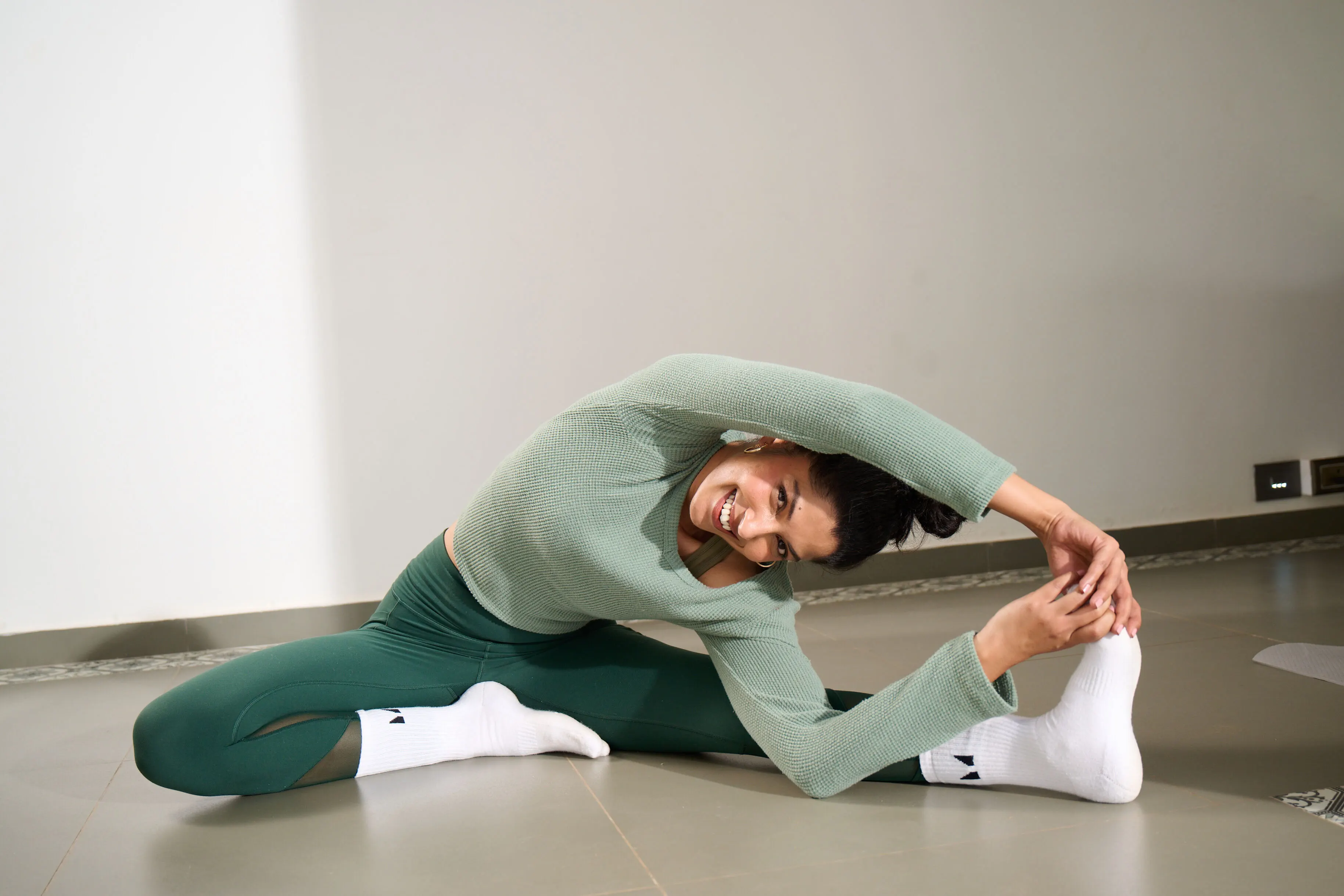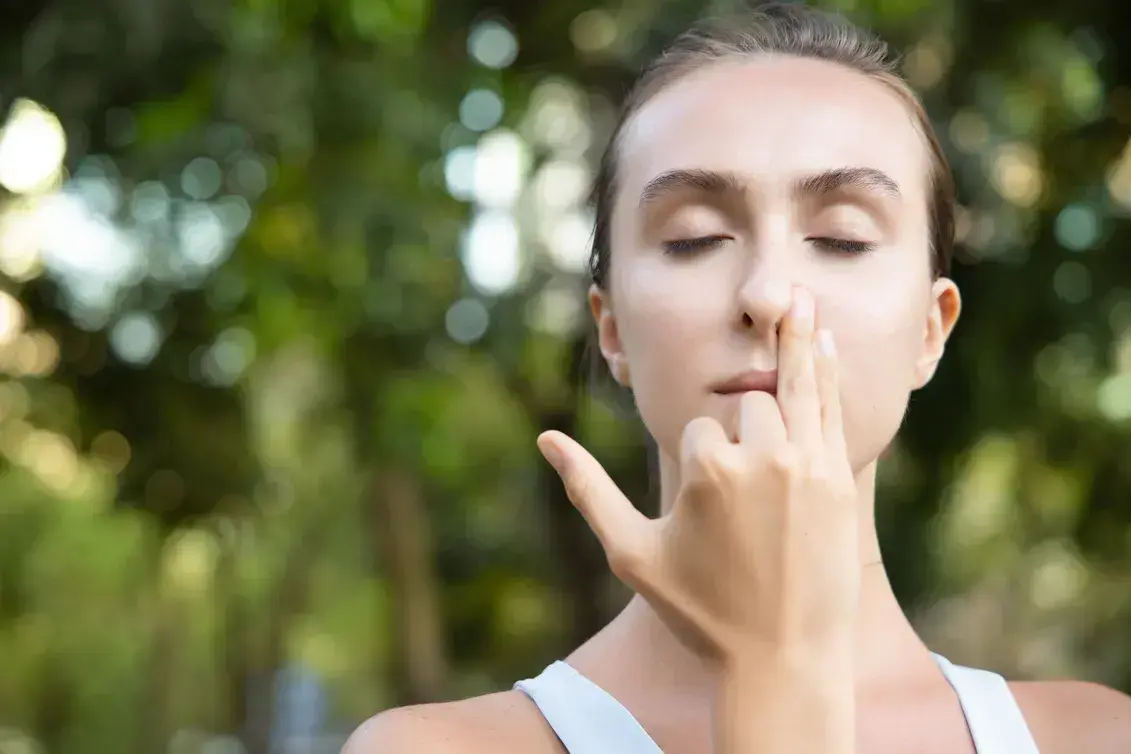Seasonal Affective Disorder (SAD) affects millions of people worldwide, especially during the colder months when sunlight is scarce. Often referred to as "winter depression," SAD is a type of depression linked to seasonal changes, primarily characterised by feelings of lethargy, sadness, and low energy levels. While treatment options such as light therapy, medication, and psychotherapy exist, yoga is a complementary and holistic approach to managing SAD.
In this blog, we explore how yoga helps mitigate the symptoms of Seasonal Affective Disorder and provide actionable practices for those seeking relief.
Understanding Seasonal Affective Disorder
SAD is more than just the "winter blues." It is a clinically recognised form of depression that typically begins and ends at the same time each year. Common symptoms include:
- Persistent sadness or low mood
- Loss of interest in activities once enjoyed
- Fatigue and lack of energy
- Difficulty concentrating
- Changes in appetite or weight
- Oversleeping or insomnia
- Feelings of hopelessness or guilt
The exact cause of SAD remains unclear, but it is believed to be related to disruptions in circadian rhythms due to reduced sunlight exposure, leading to imbalances in serotonin and melatonin levels. Yoga, with its ability to harmonise body, mind, and spirit, offers several mechanisms for managing these symptoms.
The Science Behind Yoga and SAD
Yoga combines physical postures, breath control (pranayama), and meditation to create a holistic mind-body connection. Scientific research has shown that yoga can:
- Regulate Mood: Yoga promotes the release of endorphins, the body’s natural feel-good chemicals, which help combat depressive symptoms.
- Improve Sleep Patterns: Practices like restorative yoga and pranayama can regulate the parasympathetic nervous system, promoting better sleep quality.
- Reduce Stress: Yoga lowers cortisol levels, reducing the stress response that exacerbates feelings of anxiety and sadness.
- Enhance Energy Levels: Dynamic practices like Vinyasa yoga or Sun Salutations boost circulation and energy, countering the lethargy associated with SAD.
Yoga Practices for Managing SAD
The following yoga practices target the physical, mental, and emotional aspects of Seasonal Affective Disorder:
Energizing Sun Salutations (Surya Namaskar)
Sun Salutations are a dynamic sequence of poses designed to awaken the body and mind. They are especially effective in combating the sluggishness and fatigue common in SAD.
How to Practice:
- Practice 5-10 rounds of Sun Salutations in the morning.
- Focus on synchronized breath and movement to enhance circulation and energy.
Benefits:
- Increases blood flow and oxygen to the brain
- Activates the solar plexus chakra, boosting vitality and confidence
Heart-Opening Poses
Heart-opening poses, such as Camel Pose (Ustrasana) and Bridge Pose (Setu Bandhasana), help counteract the tendency to hunch or close off the chest during periods of sadness.
How to Practice:
- Begin with gentle backbends, gradually moving into deeper poses.
- Hold each pose for 5-10 breaths, focusing on expanding the chest and breathing deeply.
Benefits:
- Releases tension in the chest and shoulders
- Encourages emotional openness and reduces feelings of isolation
Grounding and Restorative Poses
Restorative yoga poses like Child’s Pose (Balasana) and Legs-Up-the-Wall Pose (Viparita Karani) create a sense of stability and calm, helping to alleviate anxiety and promote better sleep.
How to Practice:
- Use props such as bolsters, blankets, and blocks for added support.
- Stay in each pose for 3-5 minutes, allowing the body to fully relax.
Benefits:
- Activates the parasympathetic nervous system
- Reduces cortisol levels and calms the mind
Pranayama for Breath Control
Breathwork is a powerful tool for regulating mood and energy. Specific pranayama techniques are particularly beneficial for those experiencing SAD:
- Kapal Bhati (Skull-Shining Breath): An invigorating breath to boost energy and clear mental fog.
- Nadi Shodhana (Alternate Nostril Breathing): Balances the nervous system and promotes a sense of calm.
How to Practice:
- Practice Kapal Bhati for 1-2 minutes in the morning.
- Use Nadi Shodhana as a calming practice before bed.
Benefits:
- Enhances oxygenation and brain function
- Regulates emotional states
Meditation and Mindfulness
Meditation helps shift the focus away from negative thought patterns and fosters a sense of inner peace. Mindfulness practices, such as body scans and gratitude meditations, are particularly effective.
How to Practice:
- Begin with 5-10 minutes of guided meditation or mindfulness daily.
- Gradually increase the duration as you feel comfortable.
Benefits:
- Reduces rumination and negative thinking
- Enhances self-awareness and emotional resilience
The Role of Light and Nature in Yoga Practice
Since lack of sunlight is a significant contributor to SAD, integrating natural light into your yoga routine can amplify its benefits. Practice near a window or outdoors during daylight hours to boost serotonin levels. If natural light is scarce, consider using a light therapy lamp during your practice.
Spending time in nature also enhances the grounding effects of yoga. Forest bathing or practicing yoga in a park can further reduce stress and uplift your mood.
Building a Consistent Practice
Consistency is key to reaping the benefits of yoga for SAD. Here are some tips to establish a sustainable routine:
- Set a Schedule: Dedicate a specific time each day for your practice, preferably in the morning to harness natural light and boost energy.
- Create a Sacred Space: Designate a quiet, clutter-free area for your practice to cultivate a sense of peace and focus.
- Start Small: Begin with 10-15 minutes a day and gradually increase the duration.
- Seek Guidance: Join a yoga class to stay motivated and ensure proper alignment.
Yoga as Part of a Holistic Approach
While yoga is a powerful tool for managing SAD, it works best when combined with other lifestyle changes and treatments:
- Light Therapy: Use a light therapy lamp for 20-30 minutes daily to mimic natural sunlight.
- Healthy Diet: Incorporate mood-boosting foods rich in omega-3 fatty acids, Vitamin D, and magnesium.
- Physical Activity: Combine yoga with other forms of exercise like walking or swimming for added benefits.
Concluding Thoughts
Yoga offers a compassionate, non-invasive way to manage Seasonal Affective Disorder. By addressing the physical, emotional, and mental symptoms of SAD, yoga helps create a sense of balance and resilience. Whether through energizing sequences, calming breathwork, or mindfulness meditation, yoga provides tools to navigate the darker months with grace and strength.
If you’re struggling with SAD, consider integrating yoga into your daily routine. Over time, these practices can empower you to embrace seasonal changes and maintain a positive outlook, no matter the weather.
Join live yoga classes on Shvasa to practice yoga with experienced teachers and like-minded folks, helping you stay motivated.















.jpg)











%201.png)

%201.svg)






%201.svg)